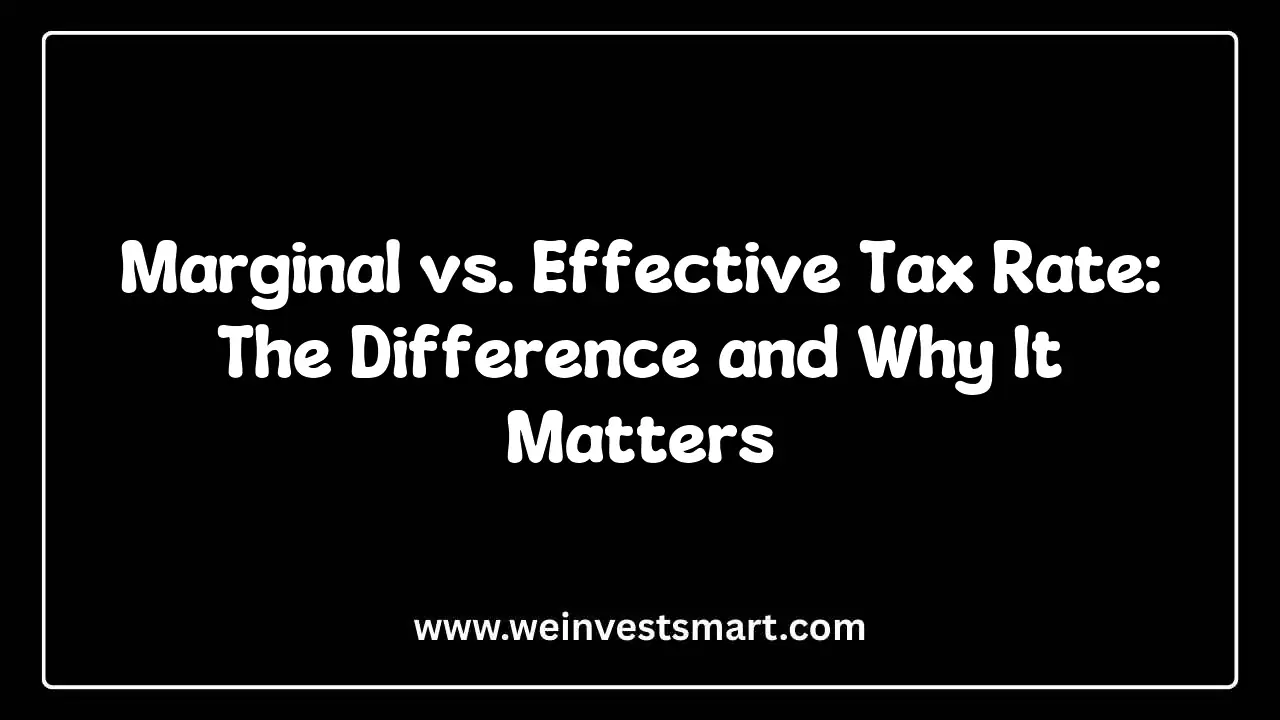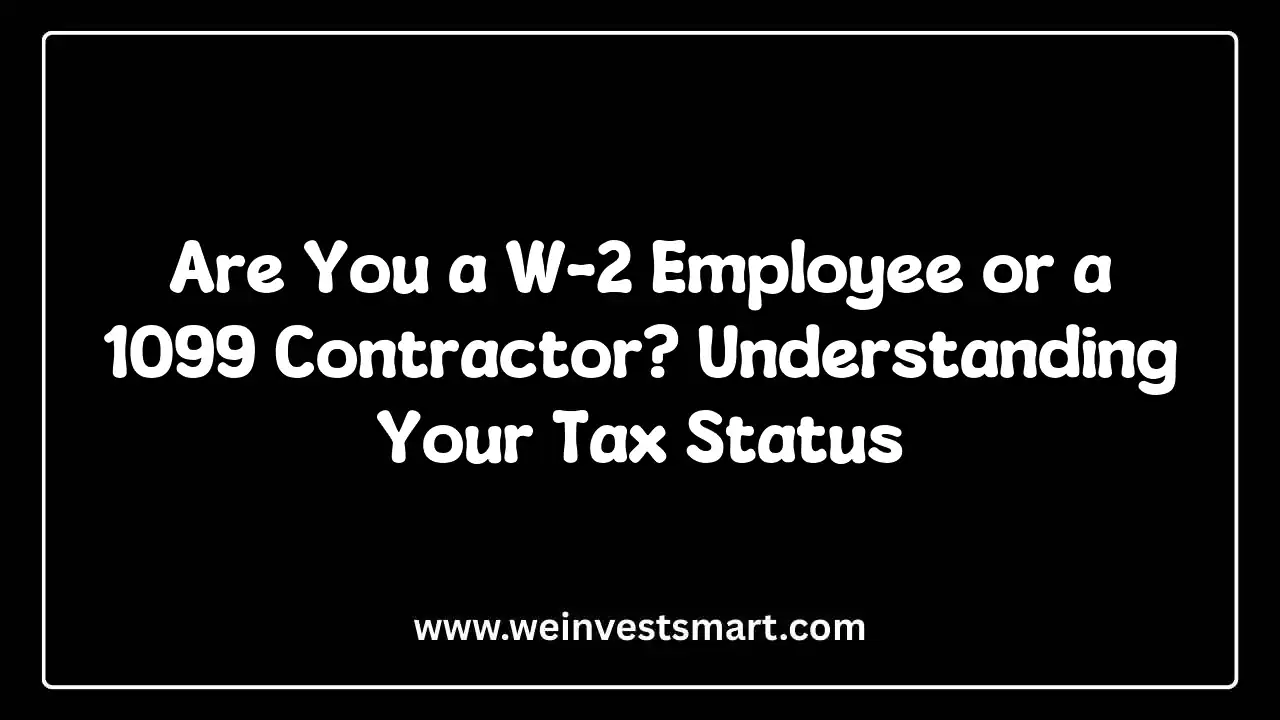· WeInvestSmart Team · personal-finance · 10 min read
Set It and Forget It: How to Automate Your Finances in One Weekend
A checklist for automating financial success. Include setting up automatic transfers to savings, scheduling bill payments, and automating retirement contributions directly from their paycheck.
Most people spend their lives playing a frantic, losing game of financial whack-a-mole. Bills pop up, and they whack them. Payday arrives, and they scramble to move money around. A savings goal emerges, and they try to remember to contribute. But here’s the uncomfortable truth: this manual, reactive approach to money is exhausting, inefficient, and fundamentally broken. It relies on your most limited resources: willpower and memory. Going straight to the point, if your financial success depends on you waking up every day and making the perfect decision, you are destined to fail.
We live in a world that glorifies the “hustle,” the constant active management of our lives. We meticulously track our spending, check our bank balances, and stress about due dates. We believe that this constant vigilance is the hallmark of financial responsibility.
But what if we told you that the secret to building wealth isn’t about more effort, but less? What if the most successful financial systems are the ones you barely have to think about? Here’s where things get interesting. The wealthiest, most financially secure people don’t rely on willpower. They rely on systems. They build an automated machine that works for them, silently and perfectly, in the background. And this is just a very long way of saying that you can build that exact same machine in a single weekend.
This guide is your blueprint. We will walk through a simple, step-by-step checklist to completely automate your finances, transforming your money from a source of constant stress into a powerful, self-driving engine of financial growth.
The “Why”: Your Brain is the Weakest Link in Your Financial Plan
Before we start the setup, we have to understand the core problem. The human brain is a marvel, but it is spectacularly bad at making consistent, long-term financial decisions. It’s wired for immediate gratification and is susceptible to emotion, forgetfulness, and decision fatigue.
Going straight to the point, financial automation is the process of removing your unreliable brain from the day-to-day equation. It is a one-time setup that uses technology to enforce the good decisions you make when you’re feeling calm and rational, ensuring those decisions are executed flawlessly even when you’re feeling tired, stressed, or tempted.
This sounds like a trade-off, because it feels like you’re giving up control, but it’s actually a desirable thing. We covet this system because it frees up your most valuable asset: your mental energy. Instead of worrying about whether you paid the electric bill, you can focus on bigger things, like your career, your family, and your life. You get the gist: automation isn’t about being lazy; it’s about being strategically efficient.
You may also be interested in: Marginal vs. Effective Tax Rate: The Difference and Why It Matters
Your Weekend Automation Checklist: A Two-Day Plan for Financial Peace
Grab a cup of coffee and your laptop. This weekend, you’re going to give yourself the greatest gift of all: a financial life that runs itself.
You may also be interested in: Financial Intimacy: 5 Essential Money Conversations to Have With Your Partner
Saturday Morning: Fortify Your Defenses with Automatic Savings
The first and most important principle of personal finance is to “pay yourself first.” This means that the first bill you pay every single payday is the one to your future self. Automation makes this effortless.
Task 1: Open a High-Yield Savings Account (HYSA) (30 minutes) Your emergency fund and short-term savings should not be co-mingling with your daily spending cash.
- Action: If you haven’t already, open a separate, online, high-yield savings account (HYSA). Choose one with no fees that is FDIC-insured.
- Why: An HYSA pays you a competitive interest rate and, more importantly, creates a psychological barrier. Moving money out of this account should be a deliberate act, not an easy, mindless transfer. Name the account “Emergency Fund” or “Freedom Fund” to reinforce its purpose.
Task 2: Automate Your Emergency Fund Contributions (15 minutes) Going straight to the point, your financial safety net should be built automatically, not when you “have money left over.”
- Action: Log in to your primary checking account (where your paycheck is deposited). Find the section for “Transfers” or “Payments.” You’re looking for an option to set up a recurring automatic transfer.
- The Setup:
- From Account: Your primary checking account.
- To Account: Your new High-Yield Savings Account.
- Amount: Decide on a specific, sustainable amount. Even $25 or $50 is a fantastic start.
- Frequency: This is the magic step. Set the frequency to align with your pay schedule. If you get paid every two weeks, set the transfer to occur the day after your payday.
- Why: This single action guarantees that you are consistently building your savings without any active effort. It is the purest form of paying yourself first.
You may also be interested in: The 5 Levels of Financial Independence: Where Are You on the Journey?
Saturday Afternoon: Build Your Financial Fortress with Automatic Bill Pay
Late fees are a completely voluntary tax on forgetfulness. A single missed payment can not only cost you money but can also damage your credit score for years. Automatic bill pay makes late payments a thing of the past.
Task 3: Create a List of All Your Fixed Bills (30 minutes)
- Action: Go through your bank and credit card statements from the last two months. Make a simple list of all your recurring, fixed-amount bills. This includes:
- Rent/Mortgage
- Car Payment
- Student Loan Payment
- Internet Bill
- Cell Phone Bill
- Streaming Services (Netflix, Spotify, etc.)
- Insurance Premiums (Car, Renters)
Task 4: Set Up Automatic Payments for Everything (1 hour) Now, you’re going to visit the website for each of these service providers and set up autopay.
- Action: Log in to your Verizon, Geico, or Netflix account. Find the “Billing” or “Payments” section and look for the “Auto Pay” option. Link it directly to your primary checking account or a rewards credit card (more on this in a moment).
Here’s where things get interesting. What about bills with variable amounts, like your electric or water bill?
- Strategy 1 (Full Autopilot): Most utility companies also offer autopay. You can set it up to automatically deduct the full statement balance each month. This is the most hands-off approach.
- Strategy 2 (Scheduled Payment): If you prefer more control, you can use your bank’s “Bill Pay” feature. When you get your utility bill, log in to your bank’s website and schedule a payment to be sent on the due date. It’s not fully automated, but it prevents you from forgetting.
The Pro-Move: The Autopay Hub Strategy Going straight to the point, for maximum rewards and simplicity, consider using a single rewards credit card as your “autopay hub.”
- Action: Set all your bills (cell phone, internet, utilities, etc.) to autopay to your favorite cash back credit card.
- Then, set up ONE automatic payment from your checking account to pay that credit card’s statement balance in full each month.
- Why: You’ve now created a powerful system. All your bills are paid on time, you only have to track one master payment, and you’re earning credit card rewards (e.g., 2% cash back) on thousands of dollars of spending you had to do anyway.
You may also be interested in: How to Perform a Monthly Financial “Fire Drill”: Your 1-Hour Financial Health Checkup
Sunday Morning: Automate Your Wealth with “Set It and Forget It” Investing
This is the step that separates financial stability from true financial freedom. If your savings are your defense, your investments are your offense. This should also be automated.
Task 5: Automate Your 401(k) Contributions (15 minutes) Your workplace retirement plan is the easiest place to start.
- Action: Log in to your company’s employee benefits portal (the same place you’d find your 401(k) balance). Find the section for “Contributions.”
- The Setup: You will see your contribution as a percentage of your paycheck. Your mission is to contribute at least enough to get the full company match. This is non-negotiable free money. If you can afford to, increase this percentage.
- Why: This is the most powerful form of financial automation because the money is invested before it ever hits your bank account. You never have a chance to miss it or spend it. It is the ultimate expression of the “pay yourself first” principle.
Task 6: Automate Your IRA Contributions (15 minutes) If you have a Roth or Traditional IRA, you must automate these contributions as well.
Action: Log in to your brokerage account (Vanguard, Fidelity, etc.). Find the section for “Automatic Transfers & Investments.”
The Setup: This is almost identical to setting up your savings transfer.
- From Account: Your primary checking account.
- To Account: Your Roth or Traditional IRA.
- Amount & Frequency: Choose an amount and set it to transfer monthly.
- The Magic Step: Look for a checkbox or option that says “Automatically invest this transfer into…” and select your chosen index fund (e.g., a Total Stock Market Index Fund).
Why: This creates a seamless, two-step automation. The money is pulled from your bank and immediately invested without you having to log in and make a manual trade. This is true “set it and forget it” investing.
You may also be interested in: How to Lower Your Taxable Income (Legally): A Guide to Tax Credits and Deductions
The Bottom Line: You’ve Built Your Money Machine
If you’ve followed this weekend checklist, your financial life has been fundamentally transformed. You have built a machine that now, without any further effort from you:
- Pays yourself first by consistently building your savings.
- Pays your bills on time, protecting your credit score and eliminating late fees.
- Pays your future self by consistently investing for your retirement.
The funny thing is that after a couple of months, you’ll forget this system is even running. Your savings will grow, your investments will compound, and your bills will be paid, all while you focus your precious time and energy on living your life. You’ve moved from being the frantic pilot, constantly adjusting the controls, to being the architect who designed the autopilot system.
And this is just a very long way of saying that financial discipline is not about being a robot. It’s about building a robot to do the work for you. Welcome to a life of less financial stress and more automated success.
This article is for educational purposes only and should not be considered personalized financial advice. Consider consulting with a financial advisor for guidance specific to your situation.
How to Automate Your Finances FAQ
Why should I automate my finances?
Financial automation removes willpower and memory from the equation, ensuring good decisions are executed consistently. It prevents late fees, builds savings automatically, and creates a system that works even when you’re tired or stressed.
How do I automate savings?
Set up automatic transfers from your checking account to a high-yield savings account on payday. Start with small amounts and increase gradually. This creates a separate emergency fund that you can’t easily spend.
How do I automate bill payments?
Set up autopay for all recurring bills through your service providers or bank. Use a rewards credit card for bills and automate the credit card payment. This prevents late fees and earns rewards on necessary expenses.
How do I automate investments?
Set up automatic contributions to your 401(k) and IRA. Enable dividend reinvestment (DRIP) for existing investments. This ensures consistent investing without manual intervention.
What are the benefits of financial automation?
Benefits include reduced stress, consistent savings and investing, elimination of late fees, improved credit score, and freedom from constant financial decision-making. It creates a ‘set it and forget it’ system for wealth building.



